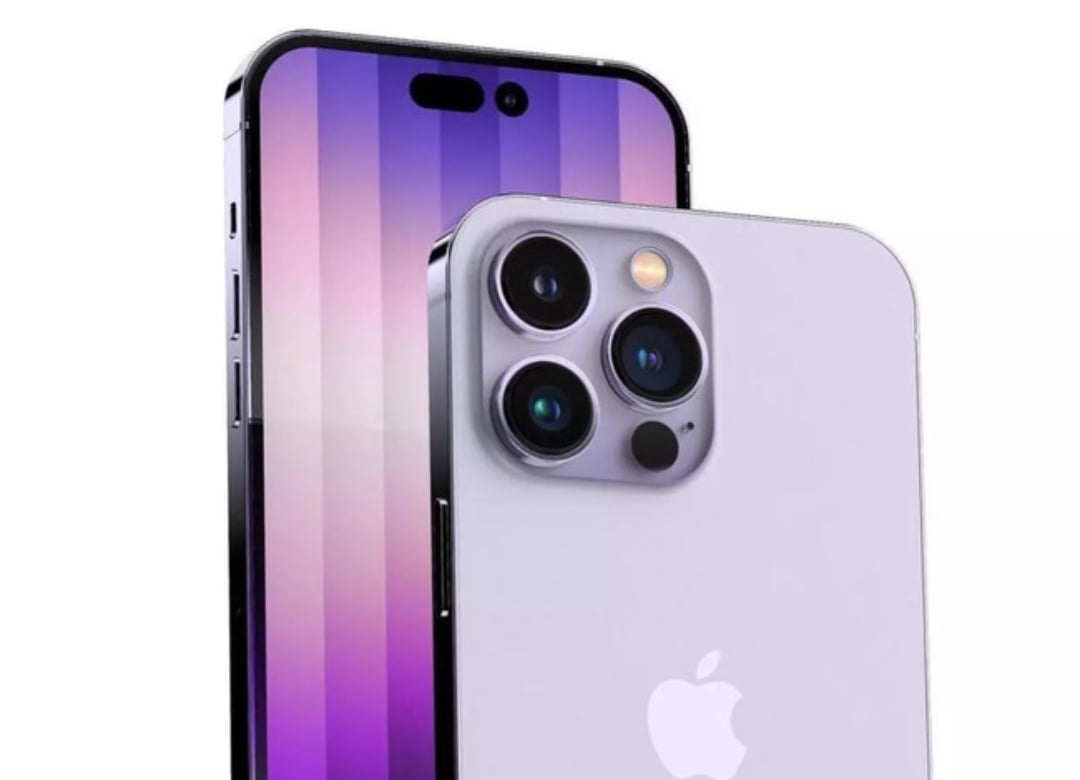
Apple’s iPhone 14: Things We Learned
Like last year, Apple’s iPhone 14 series includes four new handsets. iPhone 14 Pro Max, iPhone 14 Pro, iPhone 14 Plus, and iPhone 14 regular make up the lineup. Since so much attention has been focused on the Plus and Pro models, it’s easy to overlook the basic iPhone 14. I would not recommend this after some initial experience with it.
The A15 Bionic Remains A Killer Chip
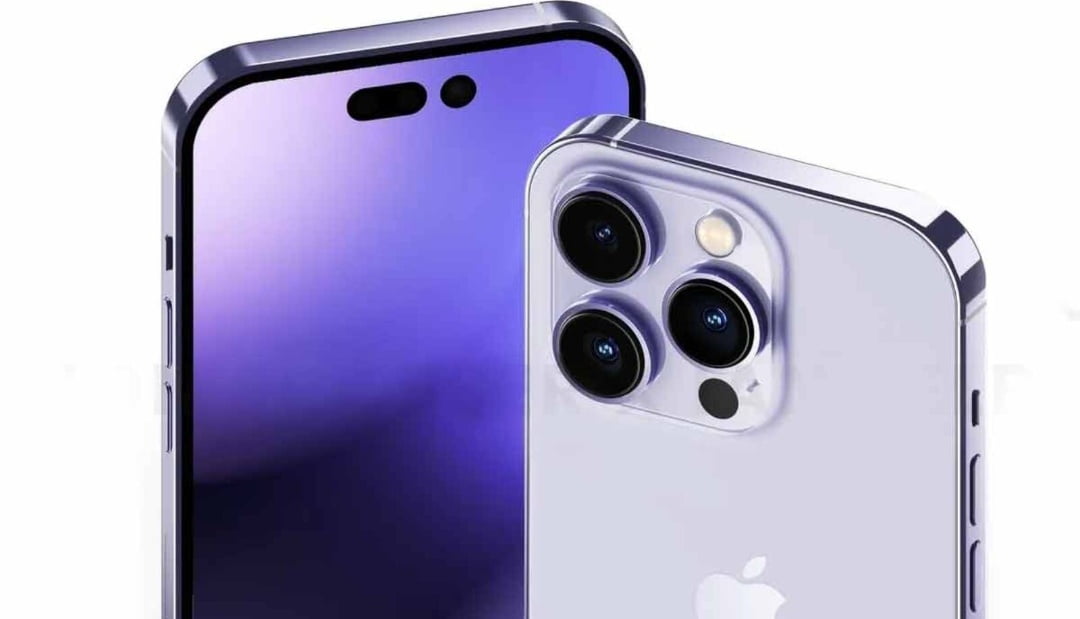
As a result, Apple has raised concerns about cutting corners by reusing a previous year’s chipset in a new device. The A15 chip in the iPhone 14 Pro and Pro Max might not be as fast as the A16, but I haven’t experienced any speed issues so far.
Games like Call of Duty: Mobile runs smoothly, and apps open quickly. Even though the A15 is a year old, it’s still a capable chipset. A15 in iPhone 14 also demonstrates excellent battery life, just like in iPhone 13 series.
Action Mode Feels Like Magic
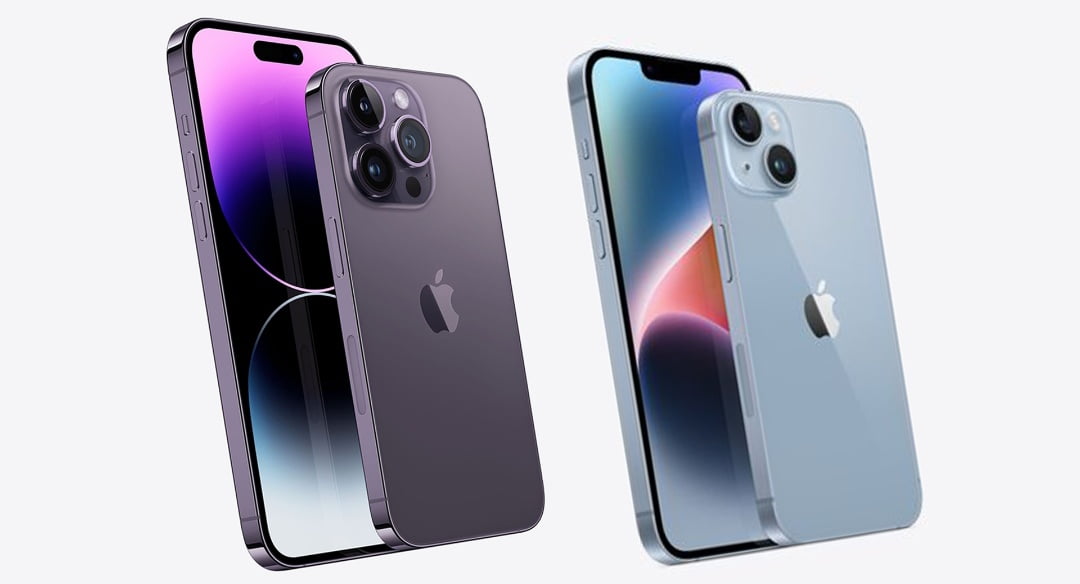
I haven’t had much time to test the iPhone 14’s camera, but I have already tried Action mode. Apple says its new Action mode uses ‘advanced roll correction’ and ‘more overscan’ to make action-packed videos appear stable. I wanted to see if Action mode performed as well as Apple demonstrated during its Far Out event.
You can see the benefit of Action mode when watching videos without it. As you can see, the non-Action mode video has significantly more shakes than the action mode video. The video instantly becomes smoother after I turn Action mode back on again. During my initial testing of Action mode, I was very impressed.
Apple’s New Selfie Camera Is A Huge Win
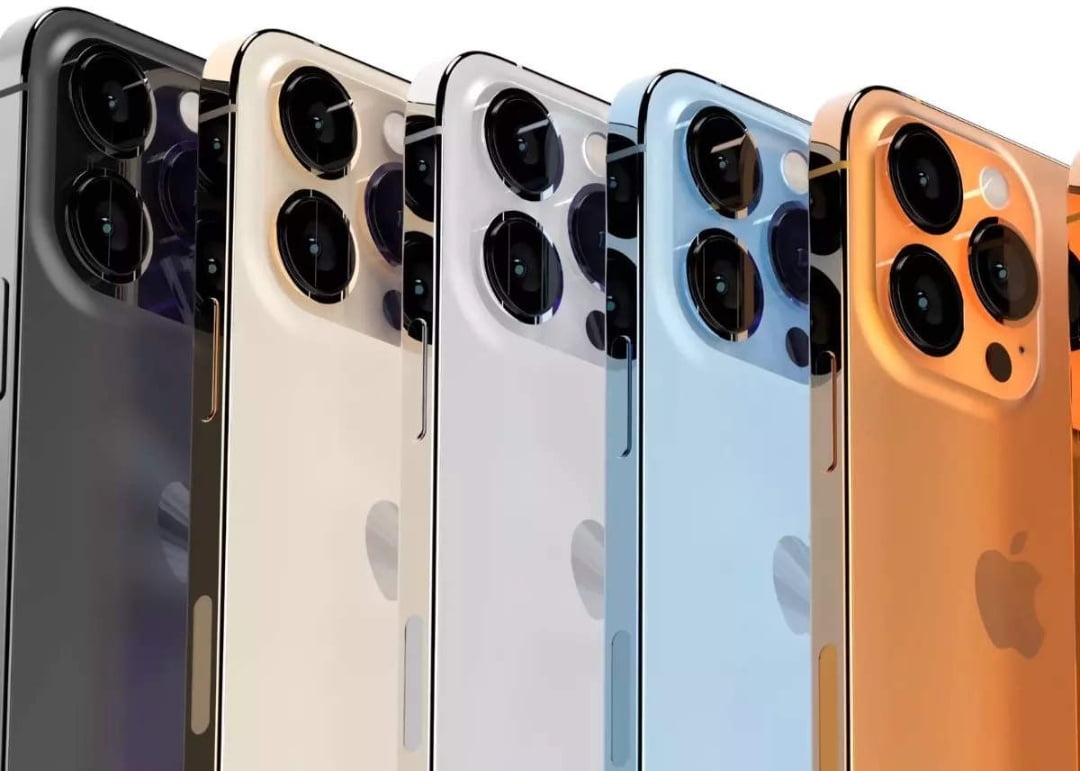
A new front-facing camera is another significant change for the iPhone 14. For the first time, the camera has autofocus and a larger f/1.9 aperture than previous models. Thus, a more versatile selfie camera is created. With good lighting, the iPhone 14’s selfie camera’s photos don’t immediately look much different from the iPhone 13 Pro’s selfies. A closer look reveals improvements.
No Troubles With eSIM
In addition to the A15 chip, there is no SIM card in the iPhone 14. US iPhone 14 devices only support virtual eSIMs. The idea of replacing a physical SIM with an eSIM is not new, but using an eSIM exclusively has raised concerns. What do you think? Is it the big, scary shakeup that some people are describing?
It’s unlikely for many people. During setup, Apple prompts you with the option for this transfer, and you can do it at any time later on. Cellular page, tap Add eSIM, tap Transfer From Nearby iPhone, and both phones are automatically connected.
The number is transferred from your old iPhone to your new iPhone after you enter the verification code for both iPhones, follow some prompts, and wait a few minutes.
Getting a number on the iPhone 14 from an Android phone requires a carrier call to get things set up. In my opinion, it is still a work in progress. It is possible that Apple jumped into eSIMs too quickly or that the carriers will have few options left to deal with kinks after apple’s gung-ho attitude on eSIM this year.
A 60Hz Display In 2022 Is Annoying
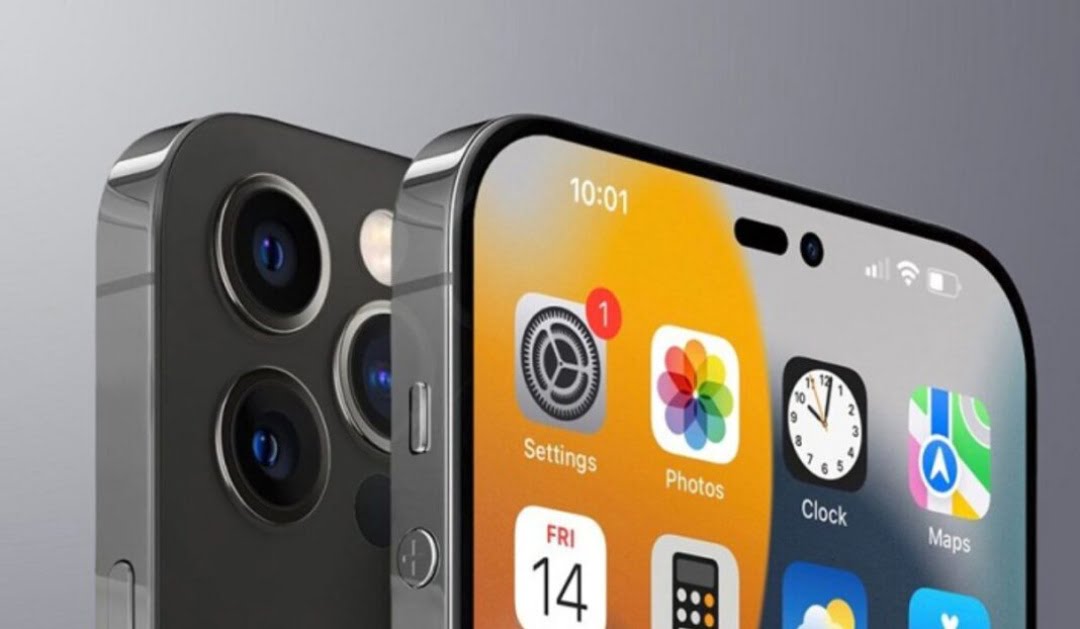
The display is my only issue with the iPhone 14 after two days. There is nothing terrible about this screen. Everything looks razor sharp and gets plenty bright outside.
Like the iPhone 13, the iPhone 14 uses a 60Hz refresh rate. Despite not acting as a deal-breaker, I feel this omission in late 2022 is ridiculous. My phone is a $449 Pixel 6a with a 60Hz screen, but I didn’t make a fuss. At $799, the iPhone 14 really should come with 120Hz support.
Here are my initial thoughts after 48 hours with the iPhone 14. Over the next few days, I’ll test its battery life, larger 12MP camera, and more. Although I cannot make a final judgment about the iPhone 14, I enjoy it.
New features like Action mode and the selfie camera are off to promising heights compared to what Apple reused from the iPhone 13. Despite being labeled ‘another iPhone,’ it’s turned out to be pretty good so far.
edited and proofread by nikita sharma

